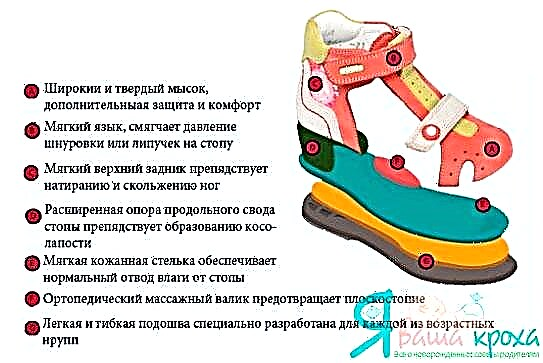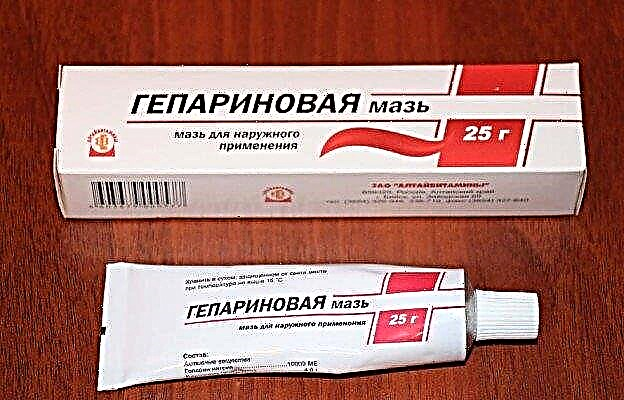If you are going to buy a teether for your child, then you definitely need to think about the comfort and health of your beloved baby. The fact is that a poor, low-quality product will most likely cause an allergy in a child, and an unsuccessfully selected model will simply lie idle. How to avoid mistakes when choosing? Below you will learn about some important nuances.
When a child's teeth are teething, not only is it necessary for the baby itself due to severe itching of the gums, but also for all household members, as children become very moody, sleep poorly at night, and do not let their fists out of their mouths. Special pain-relieving gels and special teethers help brighten up the unpleasant sensations of teething. Teethers also help to form a correct bite, improve and develop fine motor skills of the hands and prepare the child for the chewing process.

The main purpose of teethers is gum massage. The massage helps to reduce discomfort in the gums and induces a rush of blood to the massaged area, accelerating the process of pecking the tooth. Despite the fact that the purpose of teethers is the same, they themselves are very different from each other. Different types of teethers are designed for different ages and can serve different complementary purposes.
If you are going to buy a teether for your child, then you definitely need to think about the comfort and health of your beloved child. How to avoid such mistakes when choosing? Below you will learn about some important nuances.
What are teethers
Material... Teethers are available in silicone, latex, plastic, thermoplastic rubber, wooden. Latex are considered the softest, and all because they are more elastic. However, the disadvantage of such a product is that it wears out faster. Pay attention to the fact that the hard product does not contribute to the formation of an incorrect bite - it must have an anatomical shape.
Appointment... Manufacturers take into account that a child's teeth are cut sequentially, and they produce various types of teethers that are necessary for a certain stage of tooth growth and their location:
- Stage # 1 - the product relieves pain when the front lower teeth appear;
- Stage 2 - the product is intended for the upper front teeth;
- Stage 3 - lateral and distal teeth;
- Universal. Suitable in all cases
For the smallest (up to 3 months), there are teethers that help massage the gums and cut through the upper and lower teeth (incisors). 4 to 6 months - Options for eruption of premolars. From six months - for the back teeth (molars).
There are also universal types that perform all of the above functions. In any case, you can always read the relevant information on the product packaging.
First Teething Article - https://razvitie-krohi.ru/razvitie-rebenka-do-goda/u-rebenka-rezhutsya-pervyie-zubyi.html
Safety... When choosing the model you need for your baby, always pay attention to excessively hard parts of it, as they can lead to injury. Do not take teethers that are too bright, with an "acidic" shade - the dyes in their composition may be of poor quality and lead to poisoning or allergic reactions due to their toxicity. Of course, the product must be durable so that the baby cannot bite off part of it and swallow it.
Shape and size. Do not buy too large or small teethers, as they are uncomfortable for the child and he will simply refuse them. Both the shape and size of the product should be suitable for the baby's mouth, in addition, the teether should lie well on the gums. As for pimples, bumps and other irregularities, this is quite normal - the child usually "scratches" teeth about them. Usually the teether is made in the form of a ring or other geometric shapes. Often, manufacturers, in an effort to attract the attention of children, create products in the form of animals or fruits.
There are also tiny brush heads that parents put on their fingers to massage the baby's gums. In addition, the market offers teethers with a filler (plain water or a special gel), due to which pain symptoms and swelling are alleviated, and battery-powered options with gum stimulation - when turned on, the device begins to vibrate, which leads to an improvement in blood microcirculation in the gums.
Watching the video
Kinds
- Silicone / latex. Classic teethers. They can be in the form of any geometric shapes. Designed for the child to “scratch” his sore gums about it. Silicone teethers are very soft, so they are best for babies 3 to 5 months old, that is, when the teeth are just starting to cut. Features of silicone are such that dust, pet hair and various small household debris very easily adhere to this material. This means that parents need to be diligent in keeping the silicone teether clean;
- Fingertip with a brush.Mom puts the product on her finger and massages the baby's gums. By the way, not all children like teether-nozzles, in spite of the fact that they play their fingers with pleasure;
- Teether rattles and teether toys. There are a great many options for such teethers. The teether in this case is an element of a rattle, a plastic or even a soft toy. As a rule, these elements are made of soft plastic or rubber and can have different textures for additional massage effect. The calculation in this case is that children like to pull all their toys into their mouths. An attempt to combine business with pleasure is often successful. Such teethers are suitable for babies over six months who are already confidently manipulating objects;
- Cooling with water or gel. These teethers are made of rubber and filled with distilled water or a special gel. They can be in the form of abstract figures or animals. As a rule, there is always a handle so that it is convenient for the child to hold this useful toy. Cool down the teether before giving it to your baby. To do this, he must lie in the main chamber of the refrigerator for no more than an hour. The cold will slightly numb the gums. The contents of such a teether are safe for the baby, so you don't have to worry about the baby biting through the rubber. Due to the filler, such teethers are quite heavy, so they are suitable for older children. Famous brands - Nuby, Avent, Bright Starts, Nuk;
- With vibration. It looks like an ordinary rubber teether, but if you bite it slightly, vibration turns on. These teethers are equipped with a simple mechanism and a battery. Vibration enhances the massage effect of the teether, and babies are also interested in the process itself;
- Teething nipples. They can be made of plastic, rubber, silicone. The point is that these teethers are shaped like pacifiers. The nipple itself, intended for biting, can have different raised protrusions, it can be voluminous or flat. Such teethers are suitable for babies who are "friends" with a dummy;
- Books with a teether. The book allows you to keep your baby busy and scratch his teeth 🙂
Photo gallery (clickable)
Komarovsky about teethers
Recommendations for selection and use
[sc: ads]
- The teether must be safe for the baby. The guarantee of safety in this case will be a credible manufacturer that complies with all the requirements for the production of children's goods.
- Choose a teether based on the age and capabilities of the baby. Regardless of the type of teether, it should be “proportionate” to the child: it fits easily in his hand and mouth. In addition, it should be clear to the kid what to do with this object, and it is interesting to “use” it. So, for a three-month-old baby, a complex toy with teethers may still be inaccessible, and for a one-year-old, a simple teether rattle is no longer interesting.
- Try different teethers within the child's age. You can never say in advance which teether your baby will like.
- Be sure to practice good hygiene and treat your teether regularly.
- Do not be discouraged if your baby prefers his finger or any toy to all the newfangled teethers. The most important thing is that the child can get relief during the teething period.
Parents do not always manage to teach their baby to gnaw teethers. Some offer children drying, tough vegetables, such as carrots. If the child has not yet received complementary foods, it is undesirable to use food for teething purposes. In the end, you can just temporarily increase control over the cleanliness of all toys and baby pens: let him gnaw any rattle or his fist.
- Problems during teething
- How to relieve your child's teething pain: 5 powerful tips. Video consultations of specialists, plus the personal experience of moms
- Ambulance for teething in a baby: TOP - 7 gum gels
- When can small children start brushing their teeth (how to teach a child to brush their teeth).
Svetlana Vakulenko tells how to choose a teether



